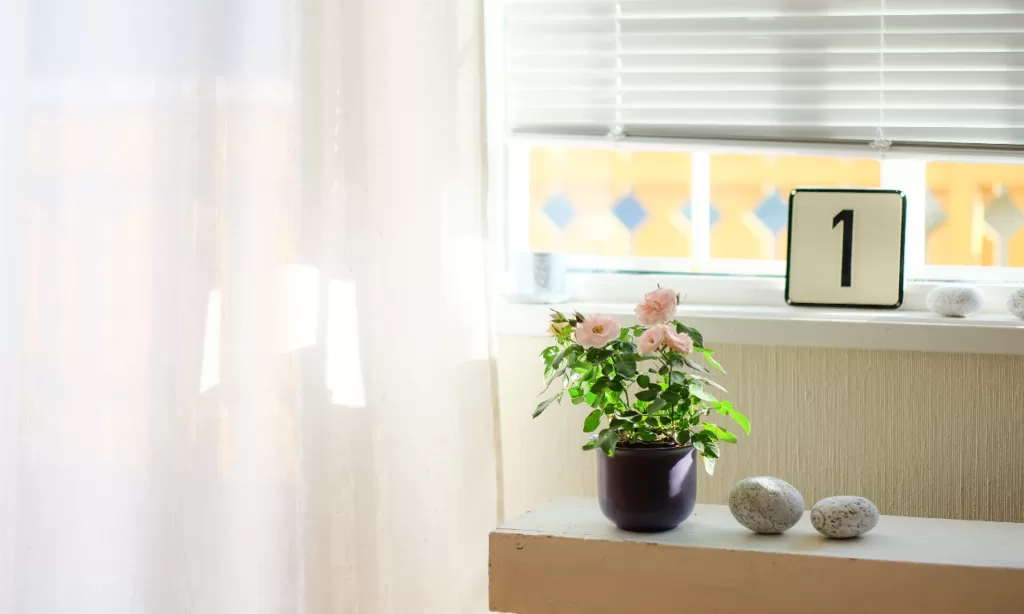Window treatments are one of the most important factors that affect both functionality and style in a home. As homeowners seek elegant and practical solutions to enhance their spaces—blinds, and shades have become indispensable choices.
In this article, we will discuss various types of blinds and shades, considering their perennial appeal in terms of design value as well as uses.

This makes blinds quite a versatile window treatment that comes in a variety of styles, each with special features meeting various aesthetic as well as functional needs. From traditional to modern, the following types of blinds cater to diverse tastes and preferences:
Adjustable Light Control Timeless Elegance: Time-tested Venetian blinds do not lose their classical grace and adaptability. These blinds have strips that run horizontally, which can be adjusted to control the amount of light entering a particular room. Venetian blinds are very popular everywhere due to their adjustable nature; they provide a balance between privacy and natural lighting.
Read Also:
Soft Fabric Folds – Classic Sophistication: Those looking for just a bit of classy elegance can choose Roman blinds. These blinds are soft fabrics that fall beautifully when they go up. Roman blinds create a rich, comfortable atmosphere in a room, which is why they are often chosen for bedrooms, living rooms, and dining areas.
Large Windows Give a Modern Sophisticated Look: The vertical blinds, on the other hand, are a modern and pragmatic solution suitable for big windows or sliding glass doors. The slats are oriented vertically, making them easy to adjust for the best control over light and privacy.
Shades are another type of window treatment available in various designs that offer a balance between aesthetic and functional values.
Homeowners can now consider so many different choices, from stylish roller shades to traditional Roman shading, in order of their choice and requirements. Here are some types:
Roller shades have clean lines and simplicity. They are easy to use, they roll up tidily when you don’t need them. There are different fabrics and textures roller shades come to cater to homeowners who want a minimalist look or to bring character to their spaces.
Honeycomb and cellular shades are considered energy-efficient. The honeycomb structure traps air, which insulates the home, allowing it to better save energy. These shades feature different levels of opacity, which enable homeowners to select both light and privacy while maintaining a sleek, modern aesthetic.
Like Roman blinds, the only difference is how they are made. Roman shades have neat fabric layers that fold up as the shade is pulled up. This classic design brings a sophisticated touch to any room, making such designs very versatile and popular.
Material selection is a key consideration when choosing a window treatment. The type of material not only contributes to the overall look but also impacts the treatment’s functionality and durability.
Opting for high-quality materials, like the ones used in Hunter Douglas, ensures longevity and enhances the aesthetic appeal of your home spaces, introducing innovative benefits and revolutionary style.
The use of cutting-edge materials in premium window treatments can provide additional features such as improved insulation, light control, and smart-home integration, elevating your overall window treatment experience.
As you set forth on this road of personalizing your lodging with fashionable blinds and shades, keep in mind that blinds and shades are not just covers to your windows, and accessory to privacy. Window treatments can also be an investment. Allowing you to save energy and even customize to automation for safety and efficiency.